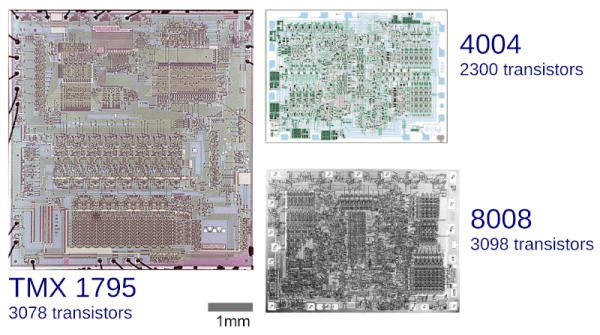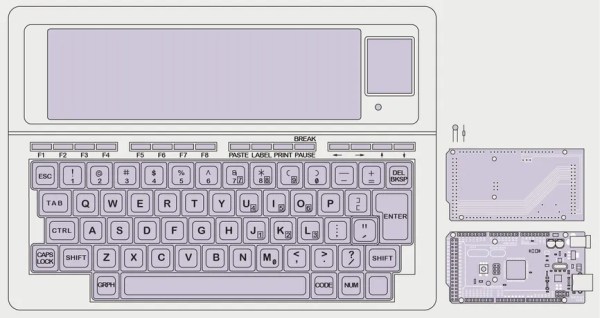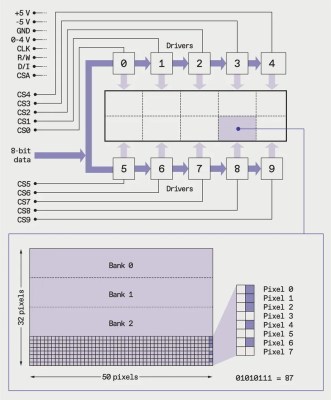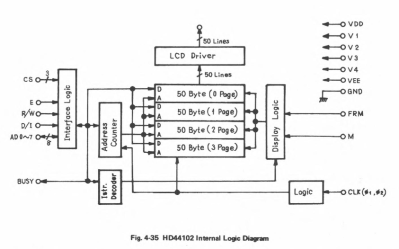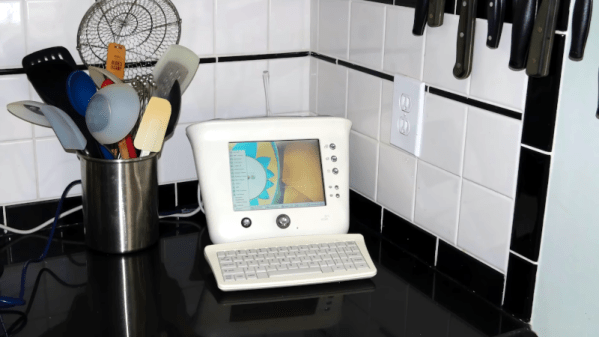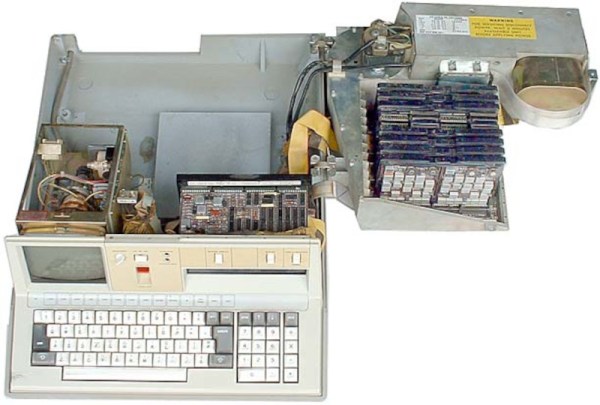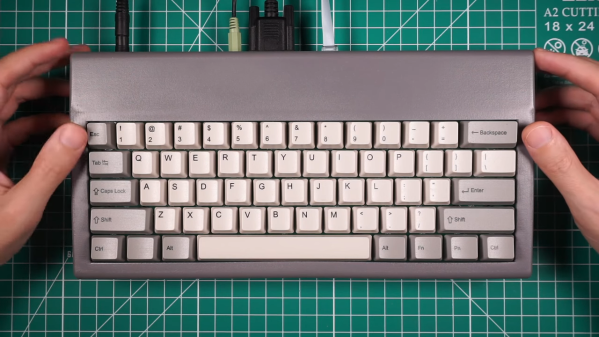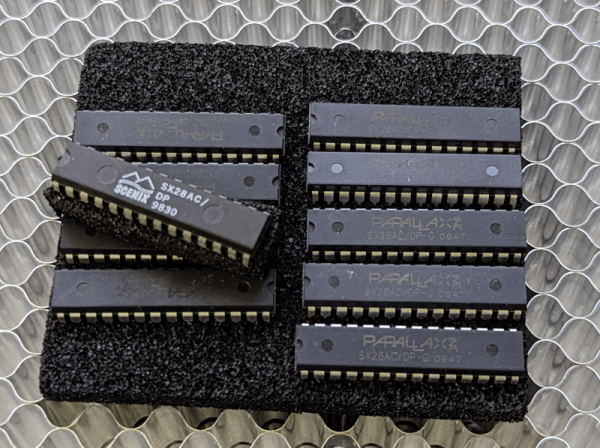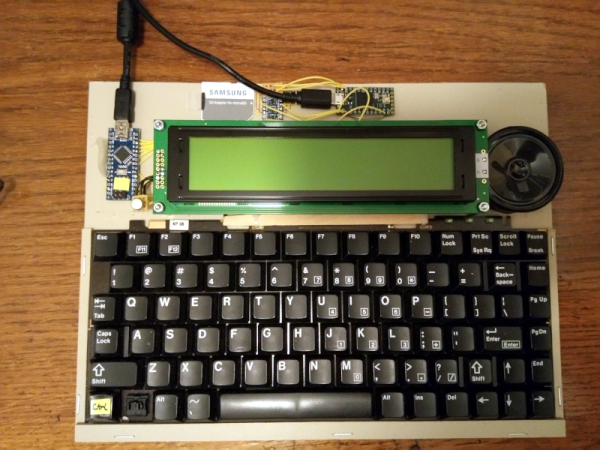Texas Instruments isn’t the name you usually hear associated with the first microprocessor. But the TI TMX 1795 was an 8008 chip produced months before the 8008. It was never available commercially, though, so it has been largely forgotten by most people. But not [Ken Shirriff]. You can see a demo from 2015 of the device in the video below, too.
The reason the chips have the same architecture is they were built to replace the same large circuit board inside a Datapoint 2200 programmable terminal. These were big beasts that could be programmed in BASIC or PL/B.
Datapoint asked Intel to shrink the board to a chip due to heating problems — but after delays, they instead replaced the power supply and lost interest in the device. TI heard about the affair and wanted in on the deal. However, Datapoint was unimpressed. The chip didn’t tolerate voltage fluctuations very well, since they had replaced the power supply and had a new CPU design that was faster than the chip would be. They were also unimpressed with how much stuff you had to add to get a complete system.
So why did the Intel 8008 work out in the marketplace but the TI chip didn’t? After all, Datapoint decided not to use the 8008, also. But as [Ken] points out, the 8008 was much smaller than the TI chip and, thus, was more cost-effective to produce.
As usual, [Ken]’s posts are always interesting and enlightening. He’s looked at a lot of old computers. He’s even dug into old space hardware. Great stuff!
Continue reading “Exploring Texas Instrument’s Forgotten CPU”

